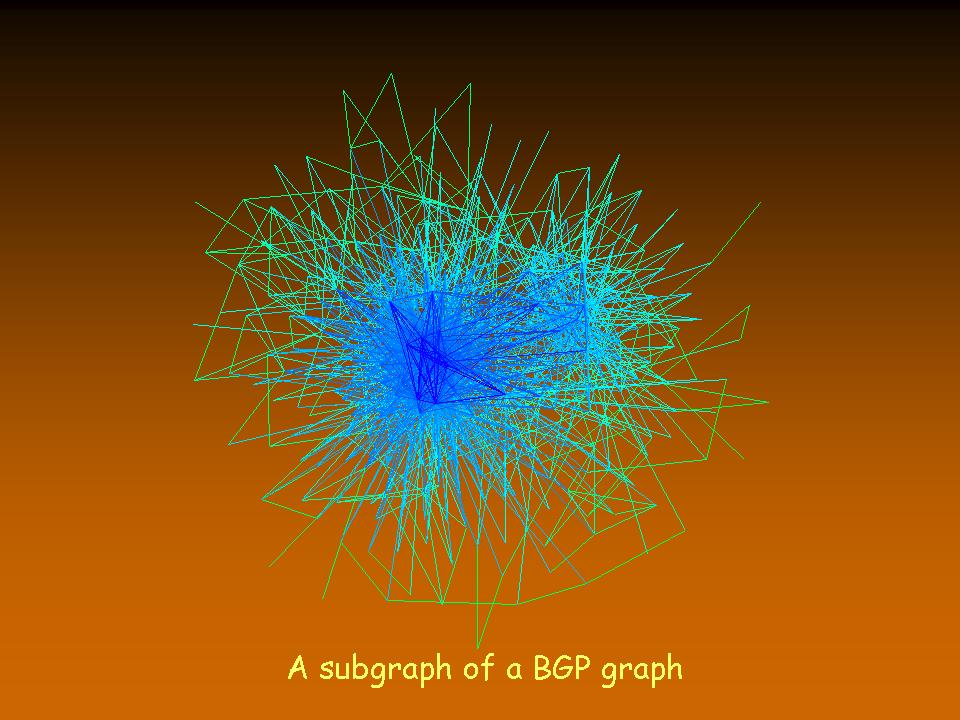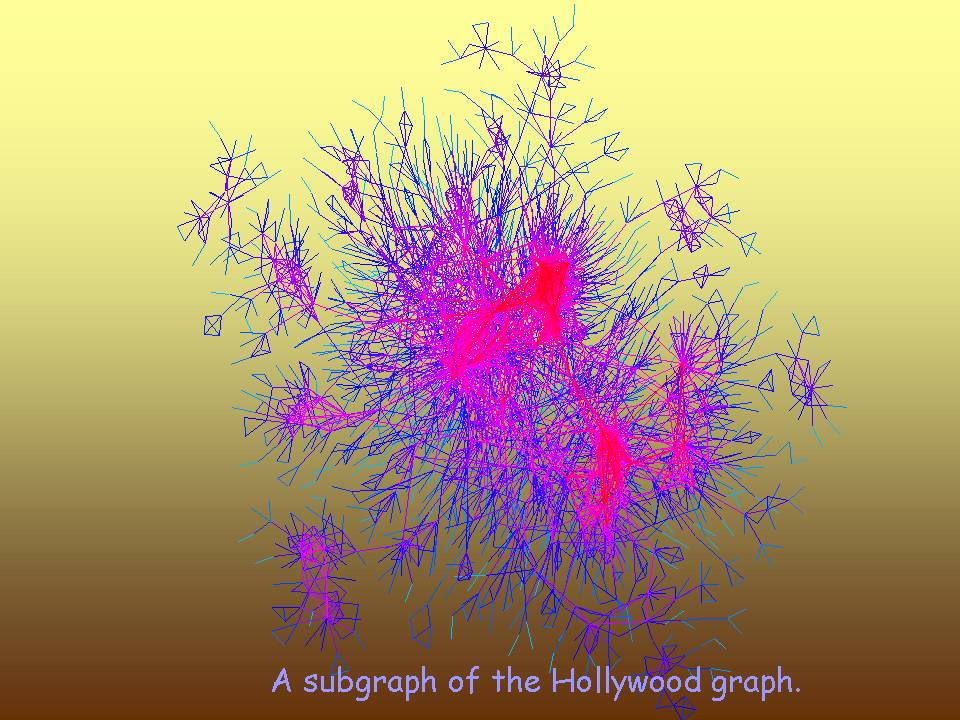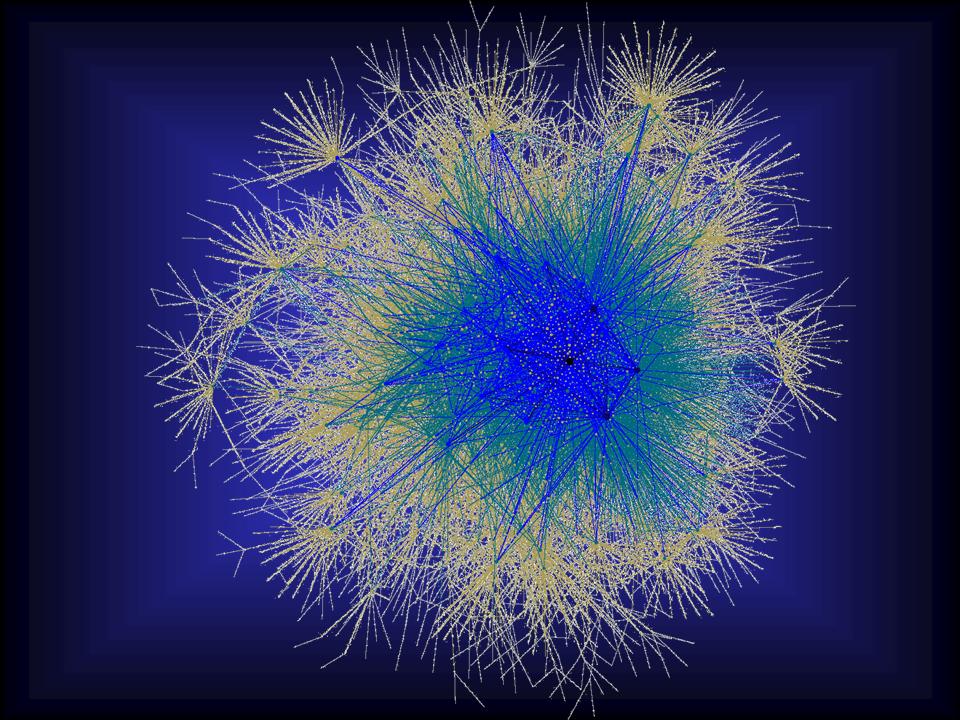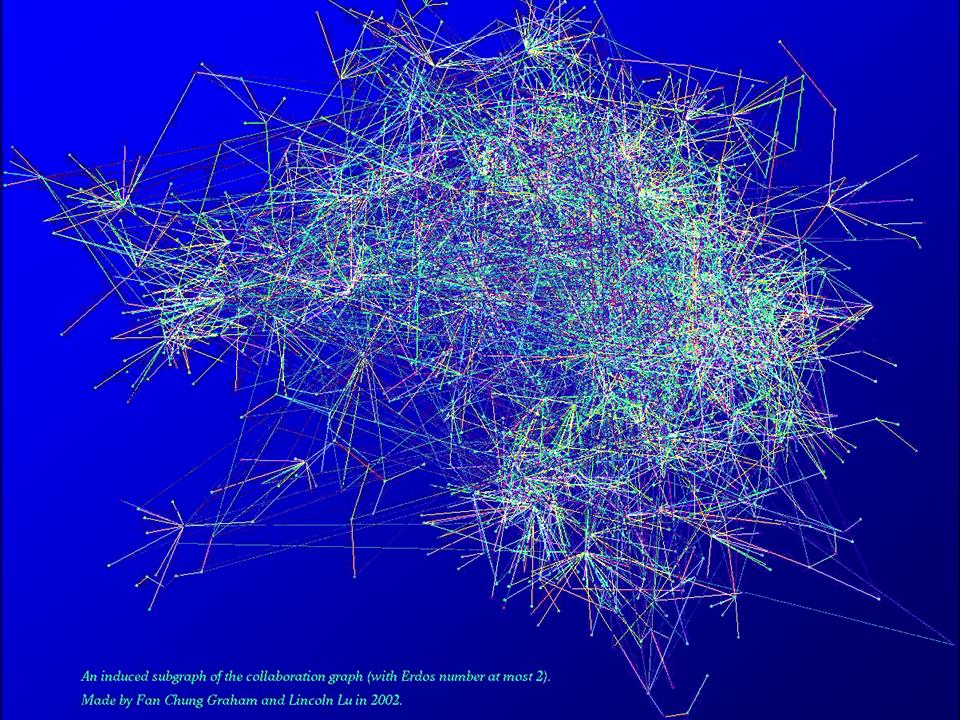



In many ways, working on graph theory problems over the years has always seemed like fun and games. Recently, through examples of large sparse graphs in realistic networks, research in graph theory has been forging ahead into an exciting new dimension. Graph theory has emerged as a primary tool for detecting numerous hidden structures in various information networks, including Internet graphs, social networks, biological networks, or more generally, any graph representing relations in massive data sets. How will we explain from first principles the universal and ubiquitous coherence in the structure of these realistic but complex networks? In order to analyze these large sparse graphs we will need to use all the tools at our disposal, including combinatorial, probabilistic and spectral methods. ...
The preface (in full)Chapter 1: Graph theory in the information age
Chapter 2: Old and new concentration inequalities, revised September 2010 (thanks to Jacques' comments).
Chapter 3: A generative model -- the preferential attachment scheme
Chapter 4: Duplication models for biological networks
Chapter 5: Random graphs with given expected degrees
Chapter 6: The rise of the giant component
Chapter 7: Average distance and the diameter
Chapter 8: Eigenvalues of the adjacency matrix of G(w)
Chapter 9: The semi-circle law for G(w)
Chapter 10: Coupling on-line and off-line analyses of random graphs
Chapter 11: The configuration model for power law graphs
Chapter 12: The small world phenomenon in hybrid graphs